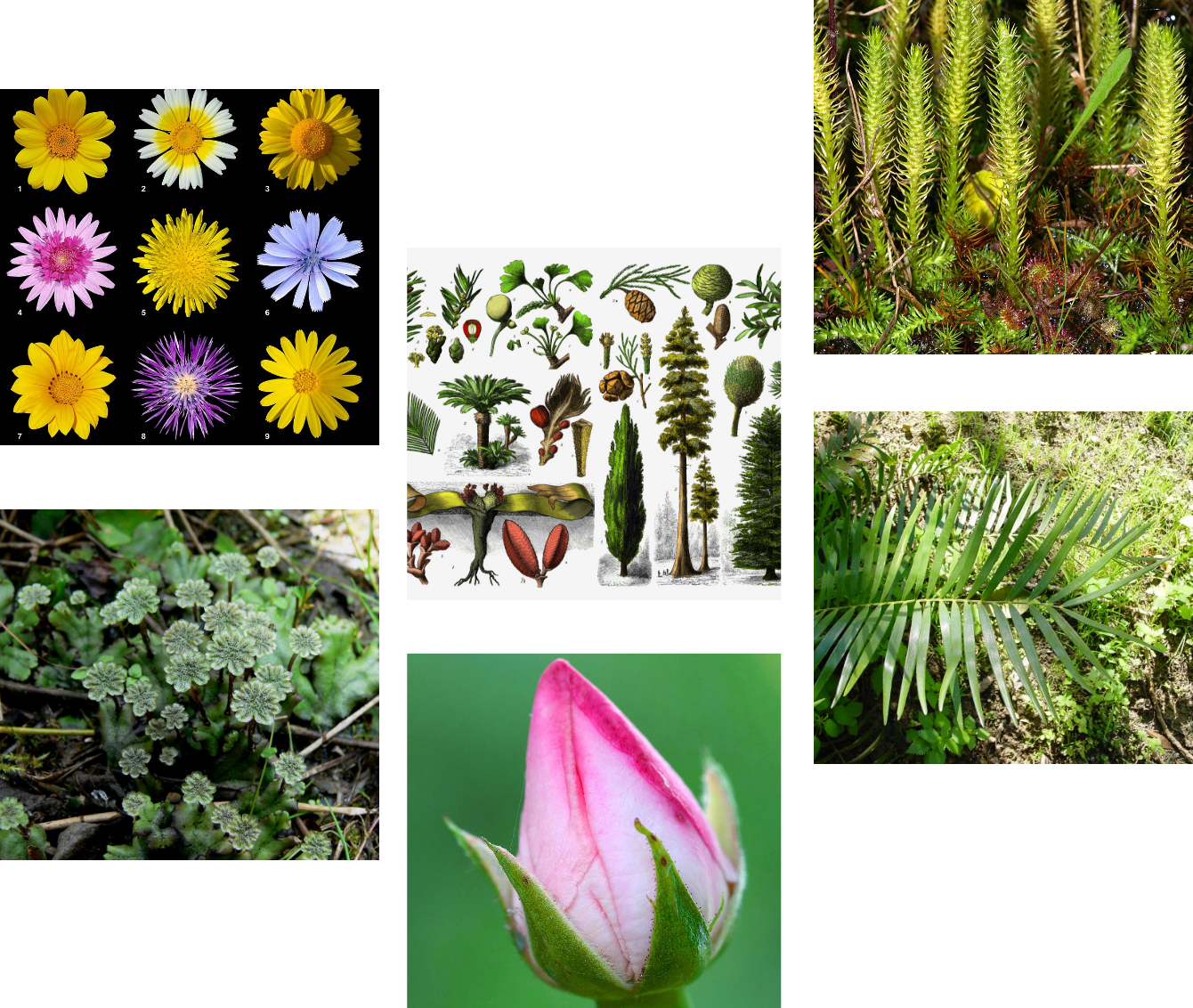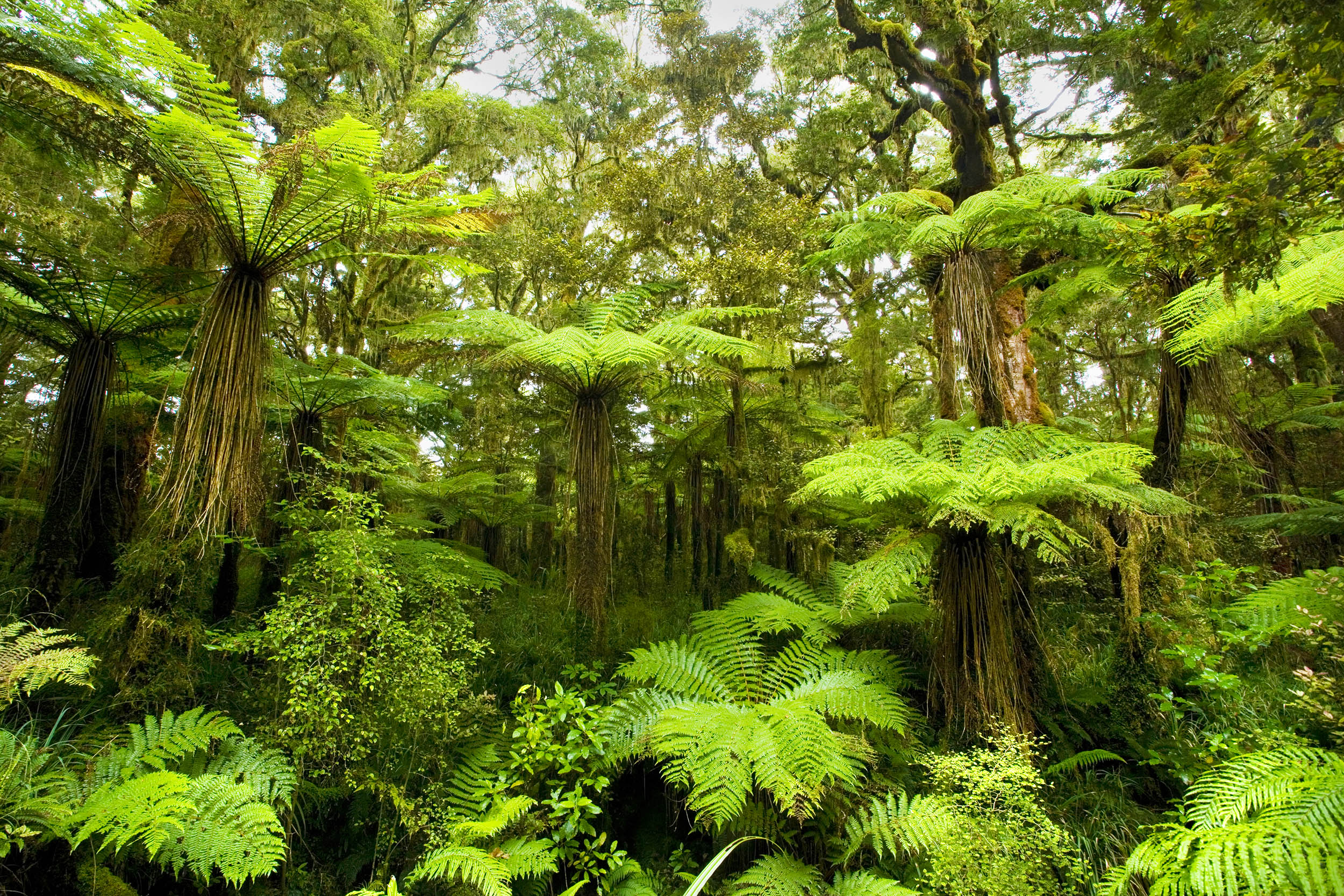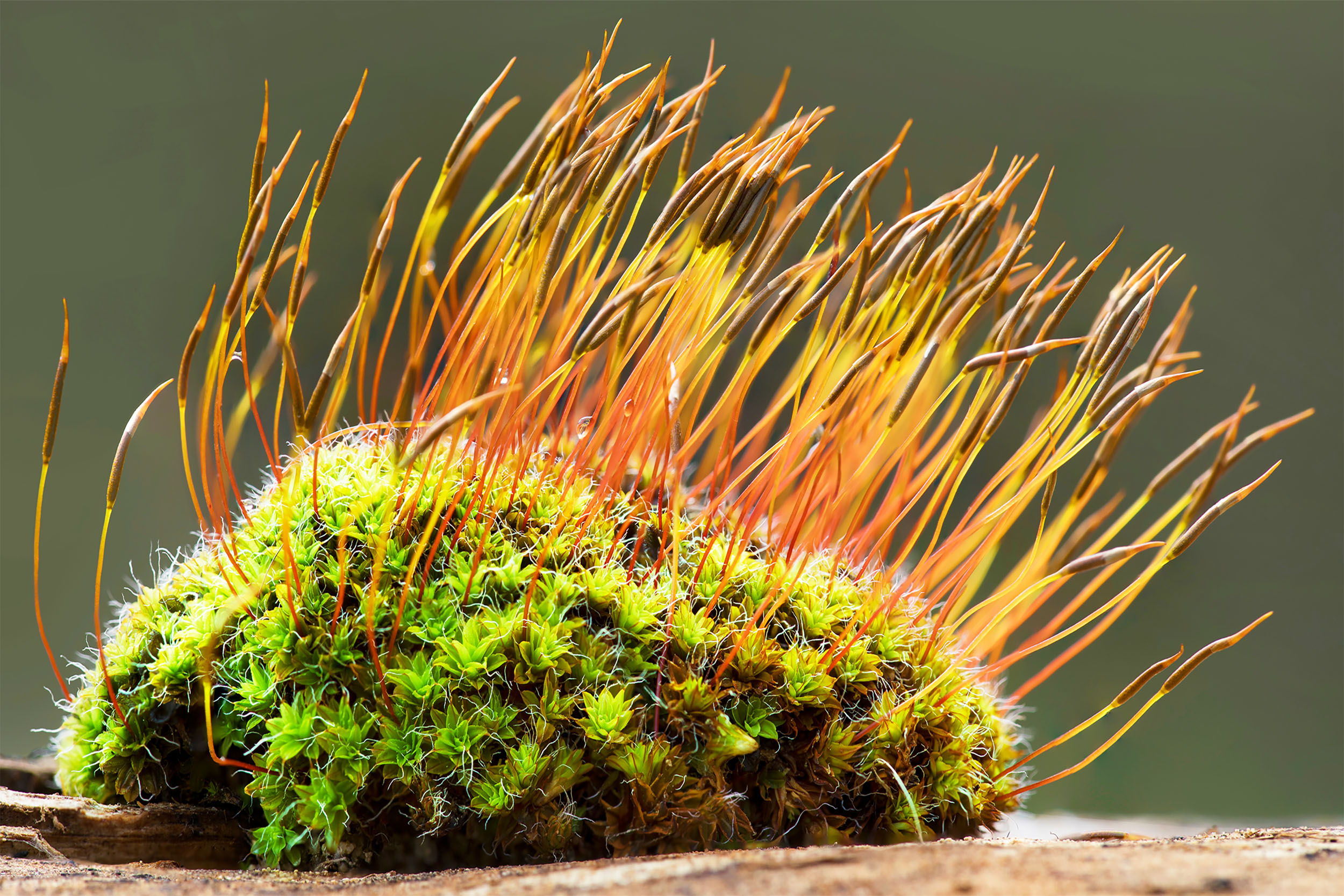Plant encyclopedia
Explore plants, flowers,
weeds and more
There are roughly 400,000 known species of plants on planet Earth, of which the great majority, some 300,000 species, produce seeds.
Green plants provide a substantial proportion of the world’s molecular oxygen, and are the basis of most of Earth’s ecosystems.
Plants that produce grain, fruit, and vegetables also form basic human foods and have been domesticated for millennia.
Plants have many cultural and other uses, as ornaments, building materials, writing material and, in great variety, they have been the source of medicines and psychoactive drugs.
There are four main groups of plants in the plant kingdom:
Angiosperms — Flowering plants
Gymnosperms — Conifers and cycads
Pteridophytes — Ferns
Bryophytes — Mosses and liverworts

Search by plant group
Angiosperms
The flowering plants, also known as Angiospermae, or Magnoliophyta, are the most diverse group of land plants, with 64 orders, 416 families, approximately 13,000 known genera and 300,000 known species
Gymnosperms
The gymnosperms, also known as Acrogymnospermae, are a group of seed-producing plants that includes conifers, cycads, Ginkgo, and gnetophytes. The gymnosperms and angiosperms together compose the spermatophytes or seed plants.
Pteridophytes
A pteridophyte is a vascular plant (with xylem and phloem) that disperses spores. Ferns, horsetails, and lycophytes are all pteridophytes.
Bryophytes
Bryophytes are an informal group consisting of three divisions of non-vascular land plants (embryophytes): the liverworts, hornworts and mosses.



